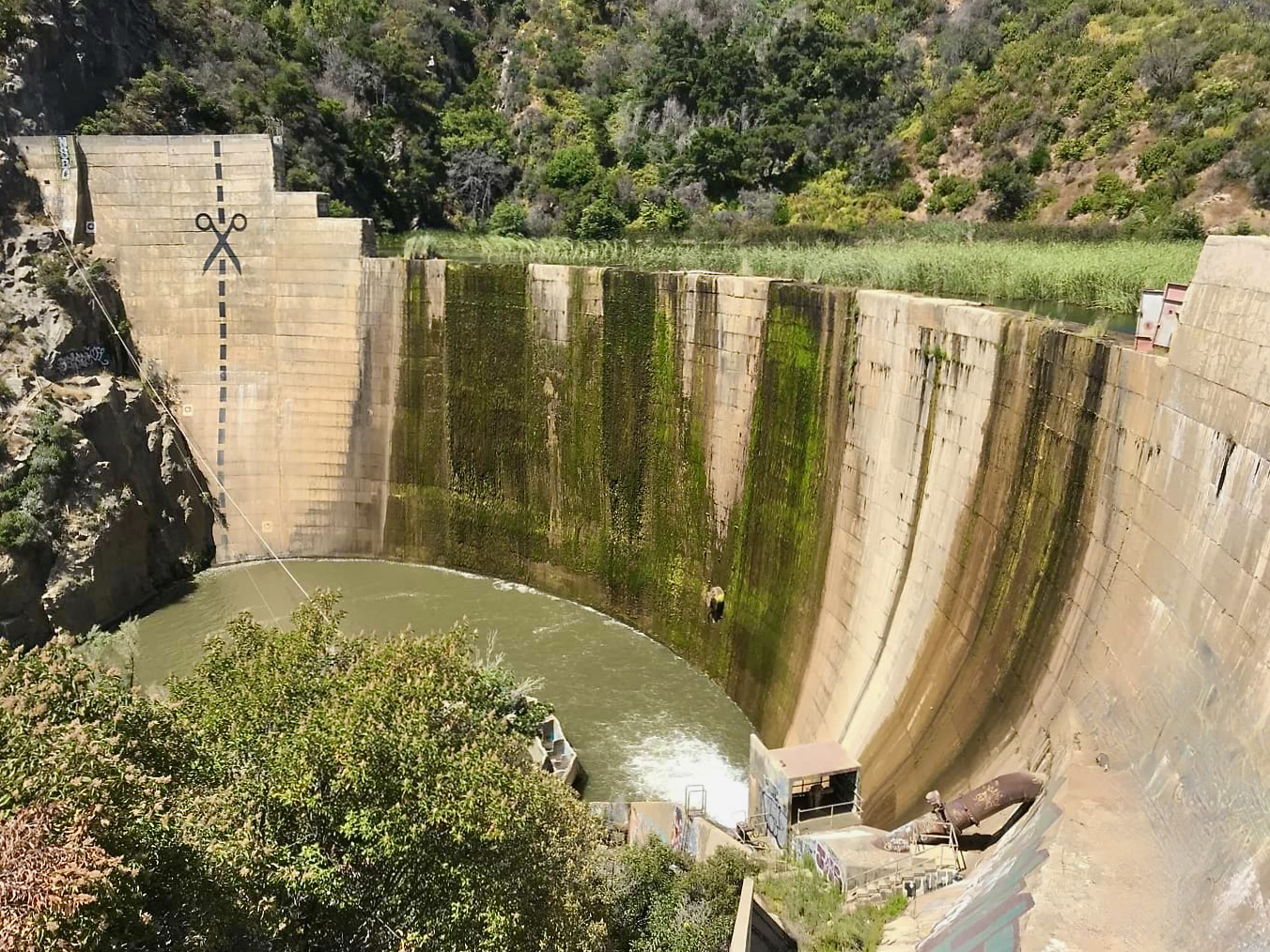This article by Ari Plachta originally appeared in the Jan. 31, 2024, edition of the Sacramento Bee. It is shared here because of its interest to our environmental advocacy community. It is not intended for republication.
Gov. Gavin Newsom said he would support removing three California dams, a move that could be a boon to ailing salmon populations, yet many environmental advocates consider it a hollow gesture given the governor’s farmer-friendly water policies.
A salmon recovery plan released by the governor’s office committed to removing dams on California’s Eel River, Ventura River and Malibu Creek for the restoration of habitat for salmon, a critical resource for Native communities and the fishing economy.
“Salmon are an integral part of our shared history in California,” Newsom said in a news release. “We’re doubling down to make sure this species not only adapts in the face of extreme weather but remains a fixture of California’s natural beauty and ecosystems for generations to come.”
Before the 1950s, an estimated 5.5 million coho salmon, Chinook salmon and steelhead returned to California rivers as part of their natural life cycle. In 2022, only 93,000 of the iconic fish spawned in the state’s rivers, a number so low it prompted closure of the commercial fishing season.
A report released by CalTrout in 2017 in partnership with the UC Davis Center for Watershed Sciences found that 74 percent of California’s native salmon, steelhead, and trout species are likely to be extinct within a century or less if present trends continue.
Newsom’s salmon strategy committed to fast-tracking six projects that already had been announced and are in early stages of development. They would either remove or bypass aging dams that have long blocked salmon from returning to rivers where they were born to lay eggs.
In his salmon strategy, he promised to complete an agreement by the end of the year to remove the Scott Dam and replace the Cape Horn Dam along the Eel River. Once completed, the Eel would be the longest free-flowing river in the state, starting in mountains west of the Sacramento Valley and emptying in the North Coast at Fortuna.
Pacific Gas and Electric Company, which owns the Eel River dams, released a draft plan to remove them in November with a target date for dam deconstruction in 2028.
Newsom also said he would complete plans to remove Rindge Dam along Malibu Creek in western Los Angeles County that would provide the fish another 15 miles of spawning and rearing habitat by next summer. And by 2026, he promised to remove the Matilija Dam on a tributary of the Ventura River in Ventura County.
“I got three more years. And I want to put it all out there,” Newsom told the Associated Press, saying he planned to complete these projects before he leaves office. The governor visited a flood plain restoration project along Prairie Creek in Redwoods National Park earlier this week.
Newsom’s commitment to these projects comes amid the largest dam removal in U.S. history on the Klamath River along the Oregon border. The Yurok Tribe and environmental groups are hoping to restore river health and coho salmon after they were impeded for almost a century.
But many of the state’s leading environmental research and advocacy organizations have a problem with Newsom’s policies, not for lack of habitat restoration projects, but lack of water in rivers. More specifically, water in the Central Valley’s rivers.
San Francisco Baykeeper Science Director Jon Rosenfield said Newsom’s policies in the Sacramento-San Joaquin River Delta are “destroying salmon as we speak.”
Rosenfield said the governor has waived environmental requirements to keep water flowing through the Delta for salmon during record wet years. He has sought to seek voluntary agreements with major farmers over how much water they can take instead of regulating minimum flows.
And he is promoting two major water infrastructure projects that would harm fish and wildlife, including Sites Reservoir and a tunnel to divert water from the Sacramento River outside the Delta that Rosenfield says would drive both spring and winter-run salmon closer to extinction.
“I’m happy for the Eel dam removal,” Rosenfield said. “That’s great, but they don’t paper over what’s happening in the Central Valley. These runs are the largest in the state and they support the commercial salmon fishing industry.”
A major focus of Newsom’s salmon strategy is partnership with Tribal Nations. Salmon were and continue to be at the core of California indigenous culture, both by providing an important food source and forming the foundation of many creation stories.
The plan said Newsom commits to entering agreements with Tribal Nations on co-managed hatchery operations and other salmon management processes, highlighting their contributions. But Bay-Delta tribal leaders say they have been excluded from this and other water policy processes.
“How does the governor put out a response on anything impacting tribes without actually meeting with and consulting them?” asked Krystal Moreno, a representative of the Shingle Springs Band of Miwok Indians on water policy. “It’s all political posturing until he engages with tribal governments.”
Charlie Schneider, project manager at California Trout, has pushed for dam removal on the Eel through years of advocacy. He is overall happy to see the governor adopt long-ignored strategies: restoring floodplains and taking down dams.
This story originally appeared in the Jan. 31, 2024, edition of the Sacramento Bee. Matilija Dam photo courtesy of Ventura County Public Works.

